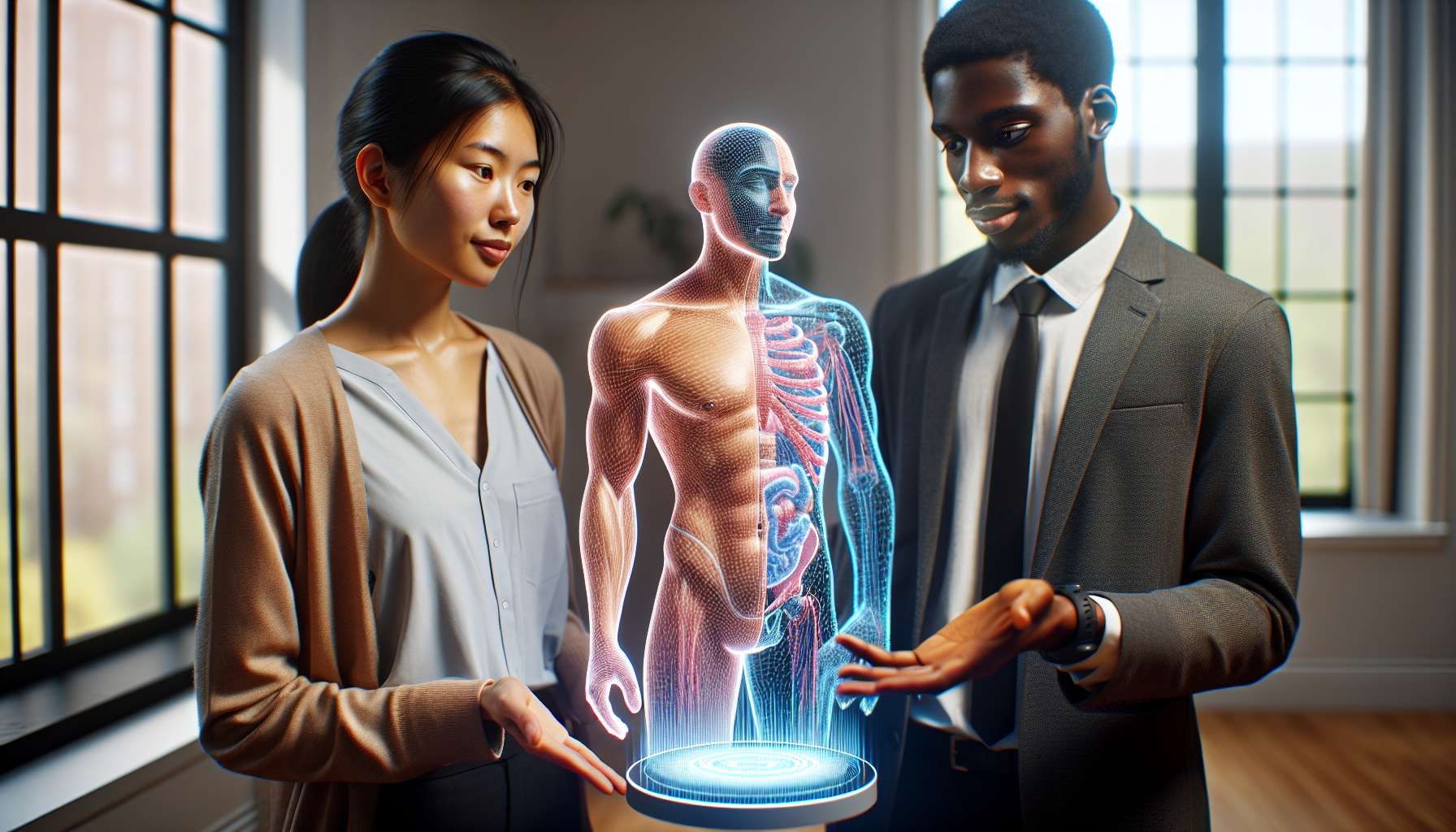Revolutionizing Healthcare Demos: Innovations in 3D Visualization
As technology continues to advance, so does its impact on various industries, including healthcare. One area where innovation is making a significant difference is in healthcare product demonstrations. Traditional methods of showcasing medical devices and equipment are being revolutionized through the use of 3D visualization. In this article, we will explore the exciting possibilities and benefits of 3D healthcare product demos.
What is 3D Visualization?
Before we delve into the specific applications in healthcare, let’s first understand what 3D visualization entails. 3D visualization is the process of creating three-dimensional representations of objects or environments using computer-generated imagery. It allows for a more immersive and realistic experience, enabling users to interact with virtual objects as if they were physically present.
The Power of 3D Healthcare Product Demos
When it comes to healthcare product demonstrations, 3D visualization offers numerous advantages over traditional methods. Here are some key benefits:
- Enhanced Understanding: 3D visualization allows healthcare professionals and patients to gain a deeper understanding of medical devices and equipment. By visualizing complex mechanisms and functionalities in a realistic manner, it becomes easier to comprehend how these products work and their potential benefits.
- Improved Decision-Making: With 3D healthcare product demos, stakeholders can make more informed decisions. By virtually exploring different features and functionalities, they can assess the suitability of a product for their specific needs. This leads to better purchasing decisions and ultimately improves patient care.
- Time and Cost Savings: Traditional product demos often involve physical prototypes and logistics, which can be time-consuming and expensive. 3D visualization eliminates the need for physical samples, reducing costs and allowing for faster iterations and updates. This not only saves time and money but also accelerates the product development process.
- Remote Collaboration: In today’s interconnected world, remote collaboration is becoming increasingly important. 3D healthcare product demos enable stakeholders from different locations to virtually come together and discuss product features and functionalities. This fosters collaboration, streamlines decision-making, and eliminates the need for travel.
Real-World Examples
Now that we understand the benefits, let’s explore some real-world examples of how 3D visualization is transforming healthcare product demonstrations:
- Surgical Simulations: Surgeons can practice complex procedures using virtual simulations, allowing them to refine their skills and improve patient outcomes. This technology also enables medical device manufacturers to showcase their products in a realistic surgical environment, highlighting their unique features and benefits.
- Medical Device Training: 3D visualization is revolutionizing medical device training by providing interactive and immersive experiences. Healthcare professionals can learn how to operate complex equipment without the need for physical training models. This saves time and resources while ensuring proficiency.
- Patient Education: 3D healthcare product demos are invaluable tools for patient education. By visualizing medical devices and treatments, patients can better understand their conditions and make informed decisions about their healthcare. This empowers patients and improves overall patient satisfaction.
The Future of 3D Healthcare Product Demos
The potential of 3D visualization in healthcare product demonstrations is vast and continues to evolve. As technology advances, we can expect even more exciting innovations in this field. Here are some future possibilities:
- Virtual Reality (VR) Integration: Virtual reality technology can take 3D healthcare product demos to the next level. By immersing users in a virtual environment, VR enhances the sense of presence and interactivity, making the experience even more engaging and realistic.
- Artificial Intelligence (AI) Integration: AI can further enhance 3D healthcare product demos by providing intelligent insights and personalized recommendations. Machine learning algorithms can analyze user interactions and preferences, tailoring the demo experience to individual needs.
- Remote Haptic Feedback: Haptic feedback technology allows users to feel virtual objects through tactile sensations. Integrating haptic feedback into 3D healthcare product demos would enable users to experience the physical properties of medical devices, further enhancing their understanding and decision-making.
In conclusion, 3D visualization is revolutionizing healthcare product demonstrations, offering enhanced understanding, improved decision-making, time and cost savings, and remote collaboration. Real-world examples demonstrate its effectiveness in surgical simulations, medical device training, and patient education. The future holds even more exciting possibilities with the integration of virtual reality, artificial intelligence, and haptic feedback technologies. As healthcare professionals and business executives, it is essential to stay informed about these innovations and explore how they can benefit your organization and improve patient care.





